Smart Cities: How IoT and AI Are Shaping the Urban Future
The world’s cities are growing faster than ever. By 2050, it’s estimated that nearly 70% of the global population will live in urban areas. With this surge comes the challenge of managing everything from traffic and waste to energy and infrastructure. Fortunately, smart city technologies, powered by the Internet of Things (IoT) and Artificial Intelligence (AI), are offering groundbreaking solutions to make cities more efficient, sustainable, and livable.
But what exactly makes a city “smart,” and how are technologies like IoT and AI shaping our urban future?
Let’s take a closer look.
What is a Smart City?
A smart city uses digital technologies to enhance the quality of life for its citizens, streamline city operations, and promote sustainable development. The backbone of a smart city is a network of connected devices and sensors (IoT) that collect data in real time. That data is then analyzed—often with the help of AI—to inform decisions, automate processes, and improve services.
From traffic lights that adjust based on congestion to trash bins that signal when they’re full, smart cities use technology not just for convenience, but for real, impactful change.
The Role of IoT in Smart Cities
The Internet of Things (IoT) refers to the billions of devices connected to the internet, all capable of sending and receiving data. In a smart city, these devices are embedded in infrastructure to help monitor and manage urban systems.
Here are a few ways IoT is transforming cities:
1. Smart Traffic Management
IoT-enabled traffic lights and sensors can monitor vehicle flow and adjust signals in real time to reduce congestion. This helps minimize travel time and lower emissions.
2. Efficient Energy Use
Smart grids and connected streetlights can track energy consumption and adjust output based on usage patterns. This not only saves money but also supports sustainability goals.
3. Waste Management
Smart bins equipped with sensors alert sanitation crews when they’re full, optimizing collection routes and reducing unnecessary pickups.
4. Environmental Monitoring
IoT sensors can track air quality, noise pollution, and even water levels in flood-prone areas—giving city officials the data needed to respond quickly to environmental changes.
The Power of AI in Urban Intelligence
While IoT gathers the data, Artificial Intelligence (AI) makes sense of it. AI can analyze vast amounts of information from IoT devices to identify patterns, make predictions, and even automate decisions.
1. Predictive Maintenance
AI can detect signs of wear and tear in infrastructure—like roads, bridges, or water pipes—before a failure happens, enabling proactive repairs and saving millions in emergency costs.
2. Public Safety
Through real-time analysis of surveillance footage and social media activity, AI can help identify security threats, detect accidents, and even locate missing persons more efficiently.
3. Urban Planning
AI can simulate how changes—like a new bus route or building project—will impact traffic, noise, or population movement, allowing city planners to make better-informed decisions.
4. Personalized Public Services
With data insights, cities can tailor services such as healthcare reminders, transportation updates, or energy-saving tips to individual needs and preferences.
Examples of Smart Cities in Action
- Barcelona has implemented smart parking, public Wi-Fi, and connected street lighting that saves energy and adapts to real-time conditions.
- Singapore uses sensors and AI to manage everything from traffic flow to water conservation, and has one of the most advanced smart city infrastructures globally.
- Amsterdam leverages open data platforms that let citizens engage with and contribute to city planning and problem-solving.
Challenges to Smart City Development
While the vision is exciting, building smart cities comes with its share of challenges:
- Privacy Concerns: Collecting data from citizens raises questions about surveillance and data misuse.
- Cybersecurity Risks: More connected systems mean greater exposure to cyberattacks.
- High Costs: The initial investment in infrastructure, devices, and training can be significant.
- Digital Divide: Not everyone has equal access to digital tools or internet connectivity, potentially widening social gaps.
To address these, cities must prioritize transparency, invest in cybersecurity, and ensure that smart technologies are inclusive and accessible to all.
Looking Ahead
Smart cities are no longer a futuristic concept—they’re a present-day movement transforming how we interact with urban environments. With the combined power of IoT and AI, cities are becoming more responsive, sustainable, and citizen-centric.
As more municipalities embrace digital innovation, collaboration between governments, tech companies, and residents will be key to creating smart cities that are not only efficient but also equitable and resilient.
Final Thoughts
The smart city revolution is just beginning. As technology continues to evolve, so too will our ability to solve urban challenges in innovative ways. With thoughtful implementation and a people-first approach, IoT and AI can help us build cities that are truly designed for the future—and for everyone.
What kind of smart city innovations would you love to see in your area? Share your thoughts in the comments!
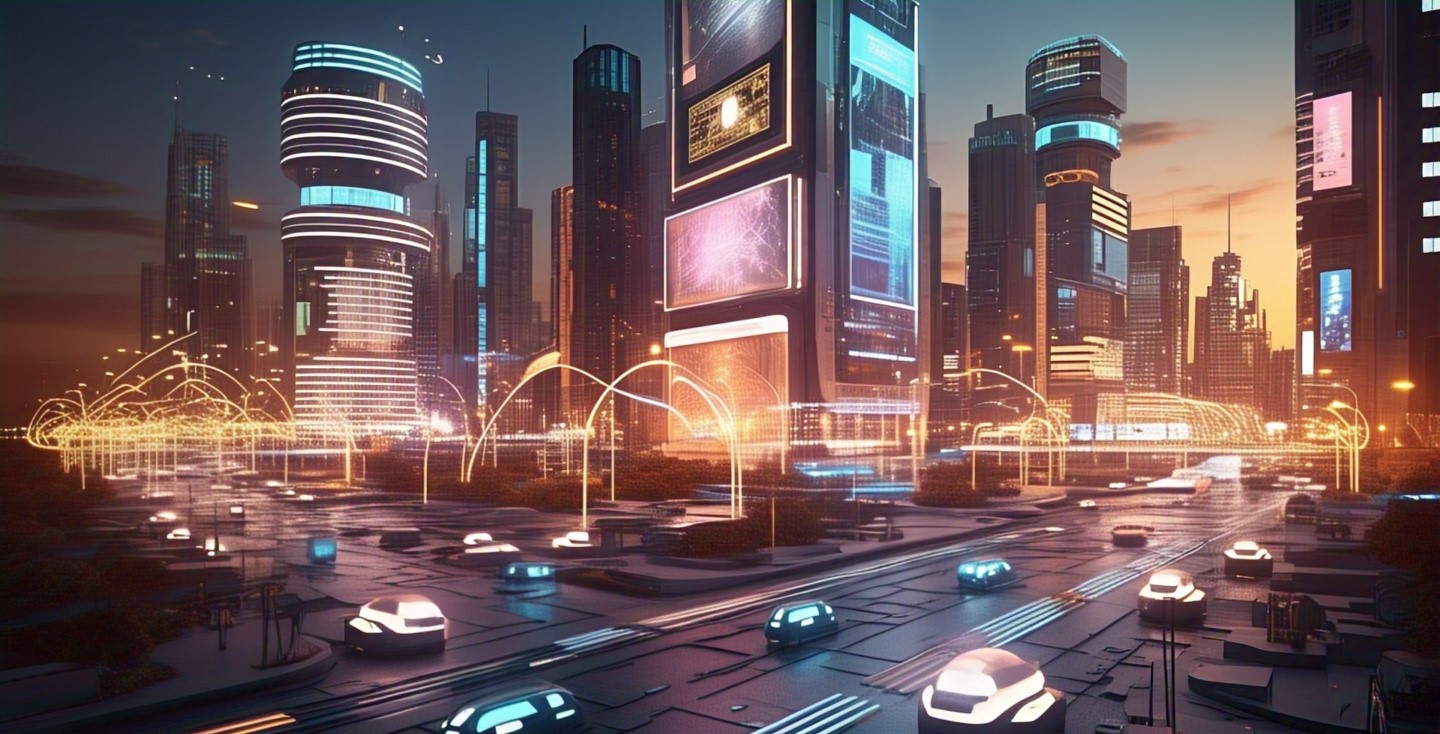
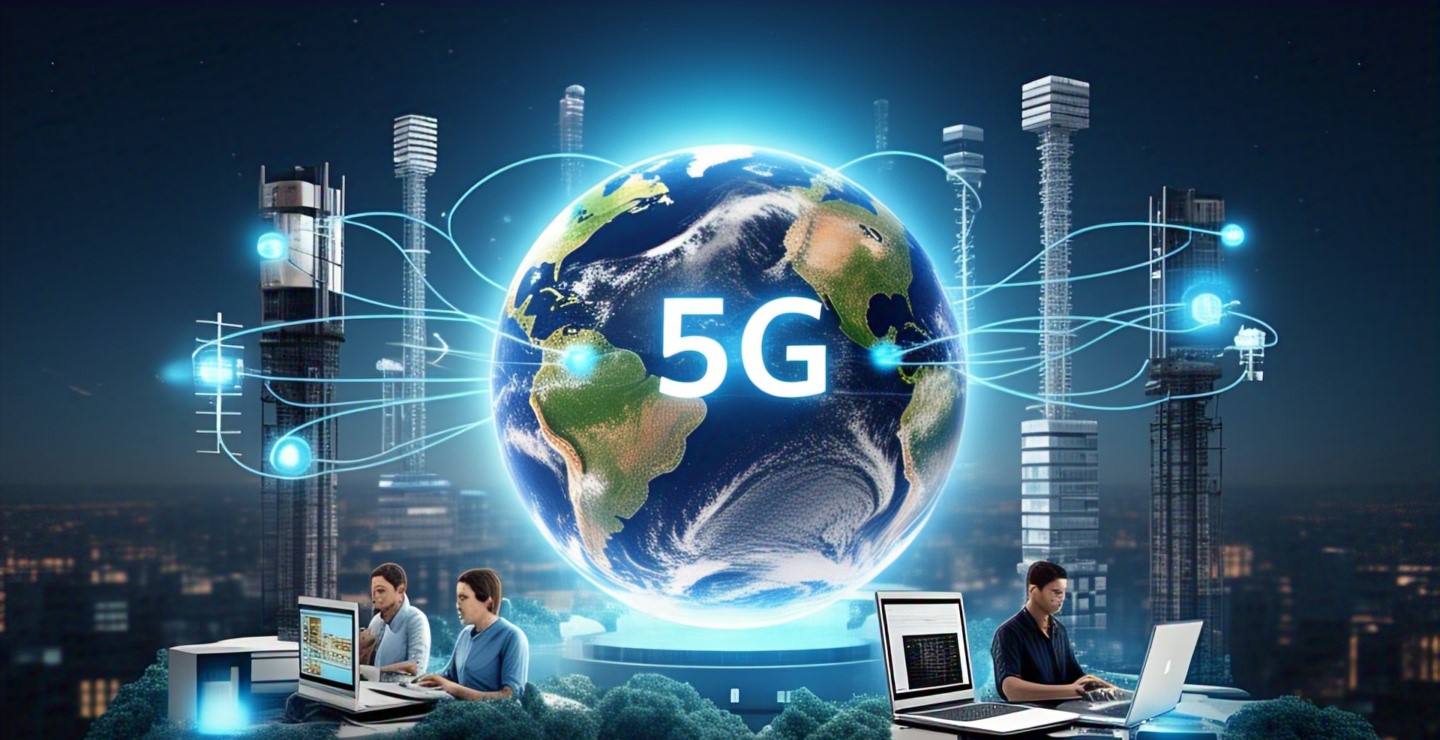
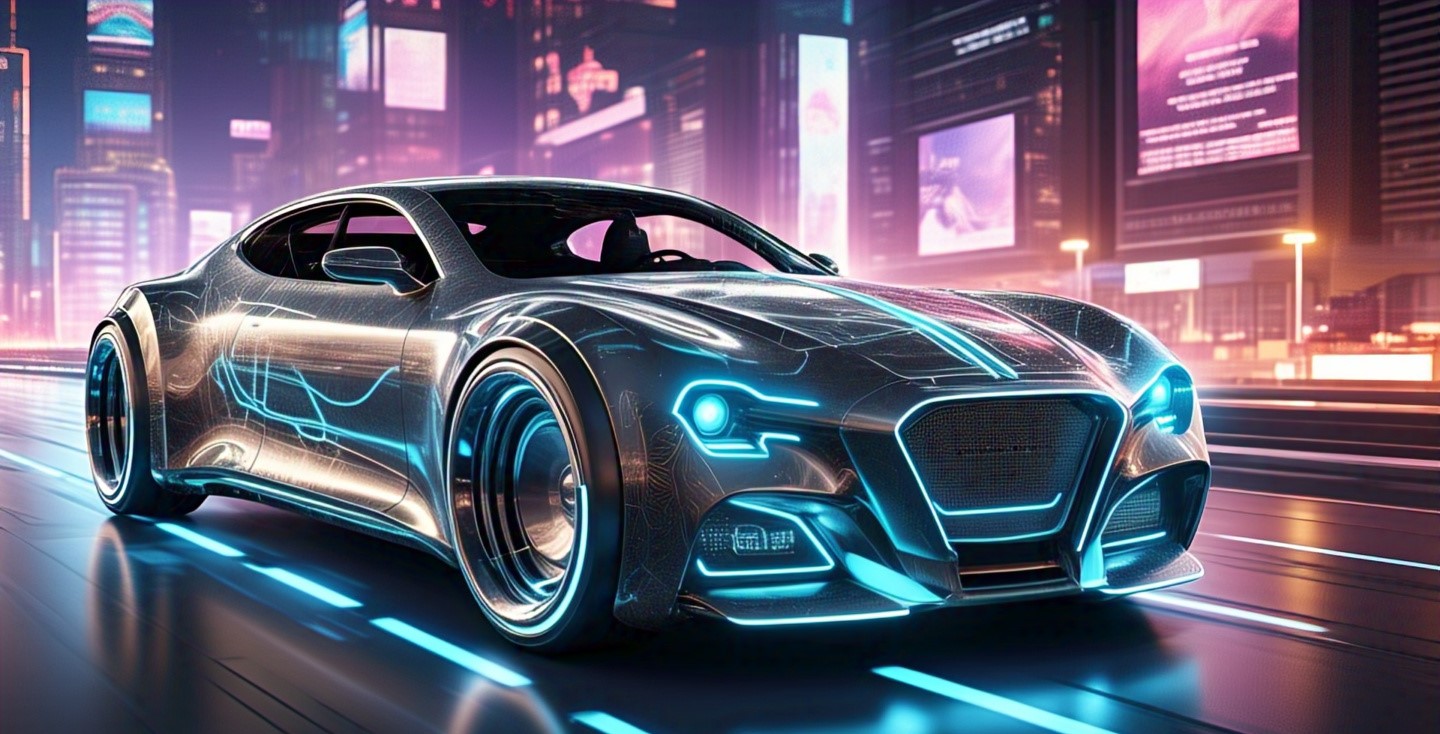
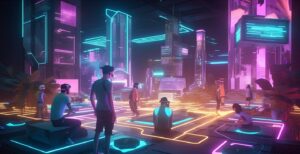

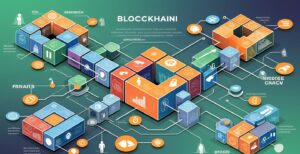
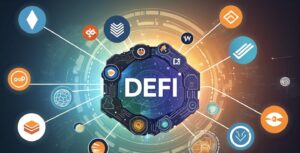
Post Comment